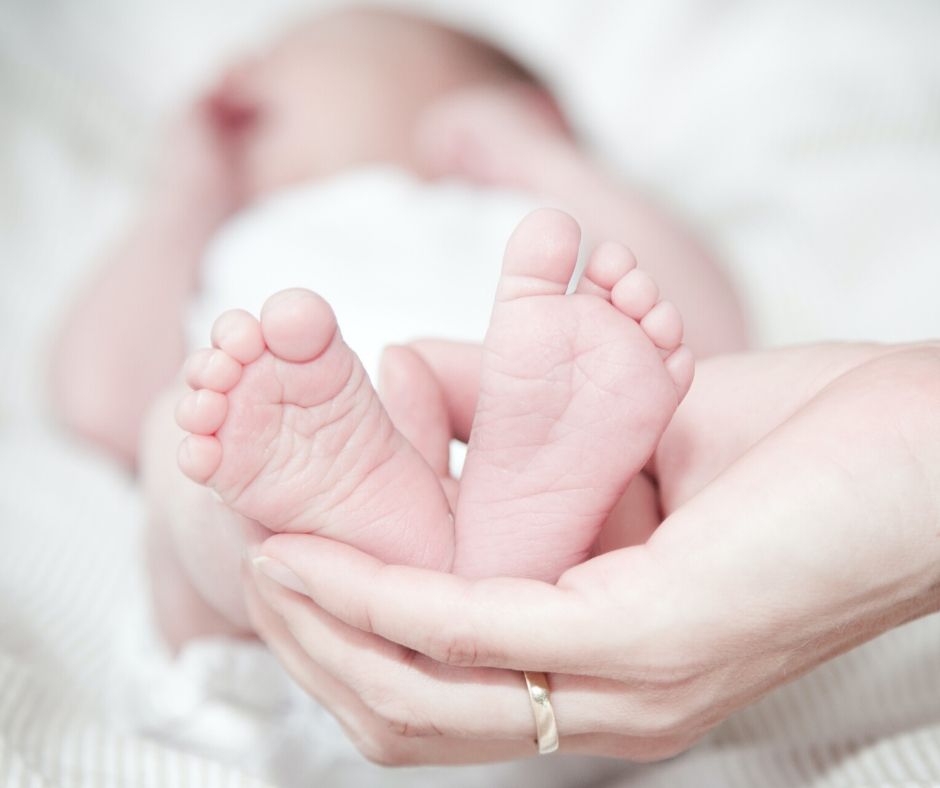
For any women experiencing pregnancy, childbirth and the initial care of a new-born, concerns about job security are the last things they should have to be burdened with. This is a time that can place heavy demands on any lifestyle and cause stress even during great happiness. It is tragic therefore that coming on the heels of isolation and anxiety caused by the Covid 19 pandemic, job insecurity is likely to be a further cause of concern for women.
A number of businesses will have to make redundancies because of the pandemic and this will unfortunately include women who are pregnant or on maternity leave. This will be extremely stressful and daunting for those affected. If you are one of these women, then this information may help you to navigate the process of redundancy.
Is There A Genuine Redundancy Situation?
The first thing to consider is whether a genuine redundancy situation actually exists.
A redundancy situation arises where an employer is closing its business, closing a workplace or it has a reduced need for employees to carry out work of a particular kind e.g. the employer has less work available so it only needs two project managers instead of three. There could also be a business reorganisation/restructure where an employer decides to change the structure of its organisation to best fit its business needs leading to redundancies.
There is unfortunately no prohibition on employees who are pregnant or on maternity leave being made redundant provided they are not discriminated against or dismissed unfairly.
Has There Been Discrimination?
Employees are protected from unfavourable treatment because of pregnancy or maternity leave. For example, if an employee is selected for redundancy because they are pregnant, then this would amount to pregnancy discrimination. There is no minimum period of qualifying service for bringing a discrimination claim (unlike an unfair dismissal claim which requires two years’ service) so even if you have been with your employer for a short period you will still be protected.
If you are concerned about whether the redundancy situation is fair, take legal advice as there are short time-limits for bringing claims (three months less one day from the discriminatory act).
What Was The Selection Process For Redundancy?
You should be informed what selection pool has been applied and the selection criteria which has been used to determine which employees are at risk of redundancy.
Factors which will be taken into account in determining what is the appropriate selection pool is whether employees undertake similar roles or have interchangeable skills (even if they have different job titles). If, for example, there are four sales assistants and the employer has decided it only needs two – all four should be put in the selection pool.
Selection criteria should then be applied to the pool which is, as far as possible, objective and capable of independent verification to determine who is ‘at risk’ of redundancy.
Redundancy selection criteria should not discriminate against employees who are pregnant or on maternity leave, for example, absences connected with pregnancy and maternity should not be included when scoring an employee on attendance.
Has There Been A Consultation Process?
Consultation is fundamental to the fairness of the redundancy process so your employer should consult with you about the reasons for the redundancy and how you have been selected. This is your opportunity to make representations on to how to avoid your redundancy, for example, looking at alternatives such as furlough, reduced hours or pay cuts, and to raise any concerns you have about your selection for redundancy.
Failure to inform and/or consult an employee on maternity leave about a restructure or redundancy could be discriminatory.
Priority Over Suitable Vacancies
If a redundancy situation arises during an employee’s maternity leave, the employee is entitled to be offered a suitable alternative vacancy (where one available) in priority over others. This includes vacancies at associated employers. This is a rare example of lawful positive discrimination.
What is a ‘suitable alternative’ vacancy’?
- The work to be done is both ‘suitable and appropriate’ in the circumstances; and
- The capacity and place of the role and other terms and conditions of employment are ‘not substantially less favourable’ than the employee’s current role.
Not all employers are aware of this priority right that employees on maternity leave have so it is a key point to remember. A breach of this right gives rise to a claim for automatically unfair dismissal, and it can also potentially be discriminatory.
What Payments Am I Entitled To If I Am Made Redundant?
Notice Pay
Check your contract to see what notice period you are entitled to from your employer. You should be paid at least the statutory minimum notice period, which is one week for each full year worked up to a maximum of 12 weeks.
If you are made redundant while on maternity leave, notice will be paid at the rate of maternity pay (unless you are only entitled to statutory notice or less than a week more than statutory notice – in this case, notice pay should be at your full salary). Your notice will be set off against the statutory maternity pay owed to you.
Statutory Redundancy Payment
If you have more than two years’ employment you will be entitled to a statutory redundancy payment. This is calculated on the basis of the number of full years’ worked multiplied by an age factor multiplied by gross weekly pay (subject to a cap of £538 gross pay per week).
You can calculate the redundancy payment due to you through this link:
https://www.gov.uk/calculate-your-redundancy-pay
You should also check if your employer has a enhanced redundancy scheme.
Holiday
You should be paid for your accrued but untaken holiday entitlement on termination of your employment. This could amount to fairly significant sums as holiday continues to accrue during maternity leave.
Maternity Pay
If you are made redundant while you are pregnant, you may still be entitled to payment of statutory maternity pay. You are entitled to statutory maternity pay if you have been employed for 26 weeks by the time you are 25 weeks pregnant. If you are made redundant any time after the 15th week before the Expected Week of Childbirth, you will still be entitled to the full statutory maternity pay entitlement from your former employer.
If you are made redundant during your maternity leave, your employer must continue to pay you statutory maternity pay for the remainder of the statutory maternity pay period unless you start a job for a new employer during that period.
It is likely that any enhanced maternity pay will cease on termination of employment but check the maternity policy and see if your employer is prepared to pay the balance of your contractual maternity pay to you.
Bio
Louise Lawrence is a Partner at Winckworth Sherwood LLP advising on all aspects of employment law. She has significant experience advising employees on pregnancy, maternity and sex discrimination issues and claims. Louise achieves the best possible outcomes for her clients by providing strategic and practical advice tailored to her clients’ needs.









This pandemic has been truly horrific for everyone, especially so for those women that are pregnant and new moms. I would hate to be pregnant right now with hospitals so full and concerns over coronavirus, as well as the financial uncertainty. I’ve seen so many people lose everything in such a short space of time. Thank you for this fantastic information on maternity leave, this is a great resource for pregnant women that are made redundant.
Thank you for taking the time to write a comment. Yes it has been such a turbulent year for so many people. Louise’s advice in the post is fantastic and I’m glad we’re able to share this to help women in this situation. thanks Lou
it is a great pleasure and honor to meet you here. The human body is capable of doing amazing things. The whole miracle of life and the fact that your pregnant body can provide all the necessary nutrients baby needs. Both mother and baby should take extra care.
Anna recently posted…British Acupuncture Council